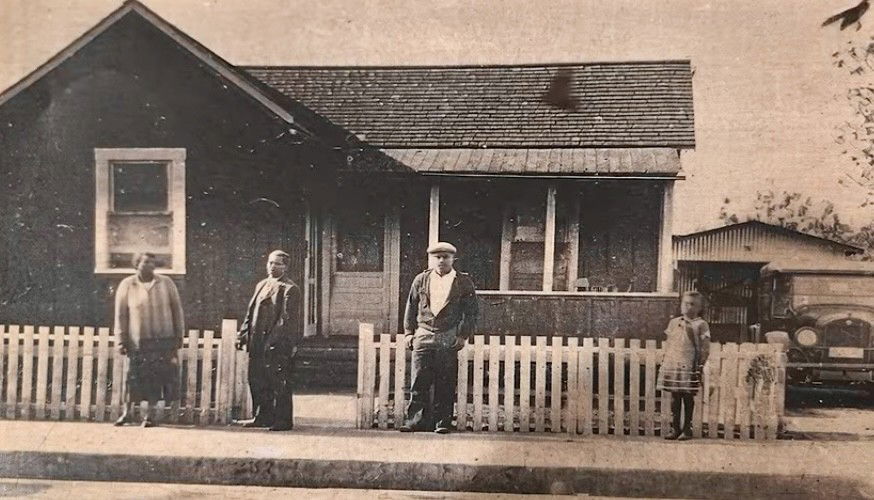Preserving African American History Through Artificial Intelligence: The Journey of Leroy Buddy Gibson Jr.
Introduction to a Local Historian
Nestled in Oxnard, California, local memoir author and historian Leroy Buddy Gibson Jr. is on a mission to preserve African American history using cutting-edge technology. At nearly 88 years old, Gibson reflects on a time when life was drastically different, and his use of artificial intelligence (AI) underscores the importance of documenting history before it fades away.
A Glimpse into the Past
Gibson’s journey begins in an era devoid of technological conveniences like cell phones and color television. He fondly recalls a childhood where life was more about connection and observation. “When I came along, I didn’t have cell phones. I didn’t have color TV; I wasn’t raised around any of this stuff, so you paid more attention to keeping focused on life itself,” he shares in his inaugural video on his website.
The Impact of AI on Historic Preservation
Leveraging AI in his storytelling, Gibson breathes new life into his historic photographs and narratives. This technology allows him to present his family’s history more interactively, offering an engaging way for younger generations to connect with the legacy of their ancestors. As he continues to weave stories from his life, AI becomes a powerful tool, enhancing the visual elements of his experiences.
Roots in Tortilla Flats
Gibson’s family has deep roots in the local community, having originally lived in the Tortilla Flats neighborhood of Ventura, close to the fairgrounds. This area was vibrant, filled with memories that shaped the lives of its inhabitants. However, change was imminent when the 101 freeway was constructed, disrupting local businesses. Gibson’s father lost his barbeque business during this transition, a testament to the struggle faced by many residents during urban development.
From Ventura to Oxnard
After experiencing displacement, Gibson’s family relocated to Oxnard. This move marked a new chapter in their life, but the memories of Tortilla Flats lingered. The transition not only altered their business landscape but also their sense of community. In Oxnard, Gibson and his sister became significant figures in the area, best known for their dancing careers. Their contributions are commemorated in a vibrant mural created by MB Hanrahan, situated on Figueroa Street beneath the freeway.
Historic Figures and Milestones
In addition to celebrating the arts, Gibson’s personal history is intertwined with significant cultural milestones. One such figure is Lucy Hicks, their infamous babysitter, who made history by being the first trans person to advocate for rights in court. Gibson’s narratives delve deeper, revealing layers of societal challenges and triumphs faced by African Americans in the region.
A Promise for Future Generations
Gibson aims to share these rich narratives through a series of videos on YouTube, designed to educate and inspire future generations. “I am telling the true history of my life journey growing up as an African American man, along with my music career for six generations,” he states. His commitment goes beyond personal storytelling; it’s about documenting the African American experience in Ventura County and the wider Santa Barbara area throughout the 20th century.
A Gathering Place for Community Stories
Gibson frequently gathers at Heritage Coffee in Oxnard, where he sells his books and engages with the community. His presence there is not just about commerce but about fostering connections and continuing the conversation around African American history. This cozy venue serves as a hub for both locals and visitors to learn about the past while enjoying the present.
Family Legacy and the Future
As he approaches his 88th birthday in February, Gibson finds joy in his family, including his three sons, grandchildren, and great-grandchildren. The creation of his videos is not just for personal reflection but a gift to his family, ensuring they have access to their rich heritage for years to come. For the younger generation, these recordings serve as timeless resources, connecting them to their roots and enriching their understanding of the past.
In embracing both tradition and innovation, Leroy Buddy Gibson Jr. exemplifies the vital role of storytelling in preserving history, ensuring that the experiences of African Americans continue to resonate within the community. His journey is a heartfelt reminder of the importance of remembering and sharing our histories, one story at a time.



